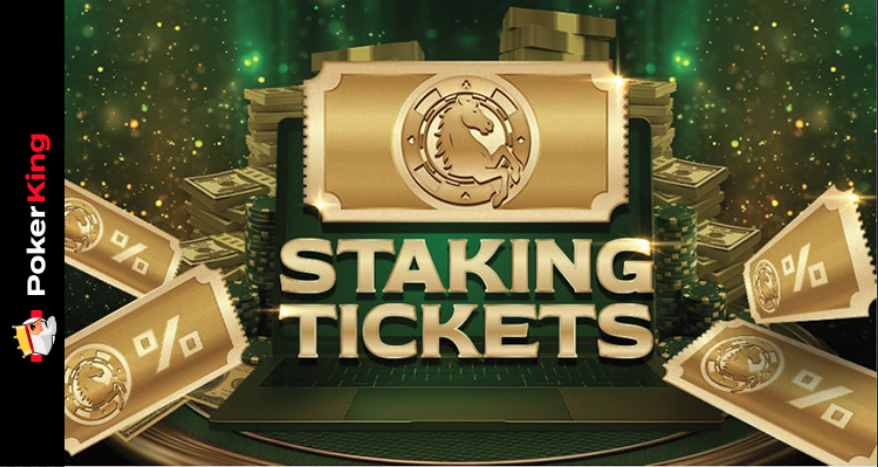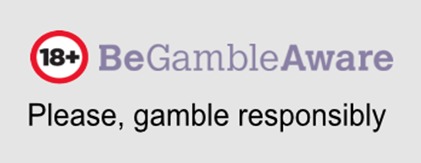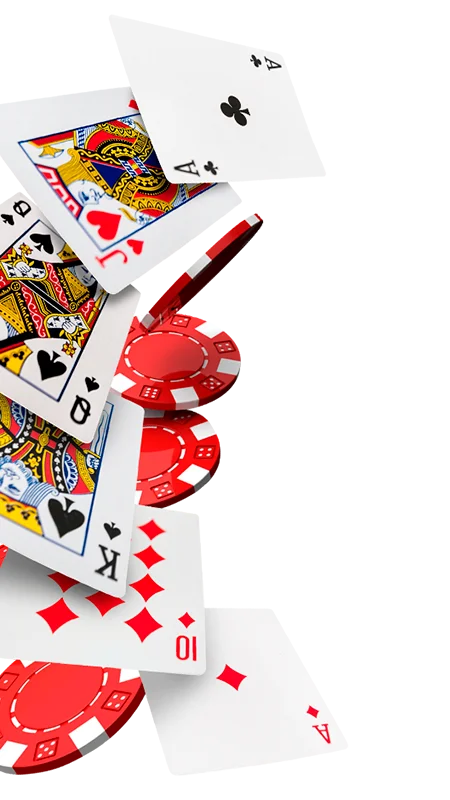
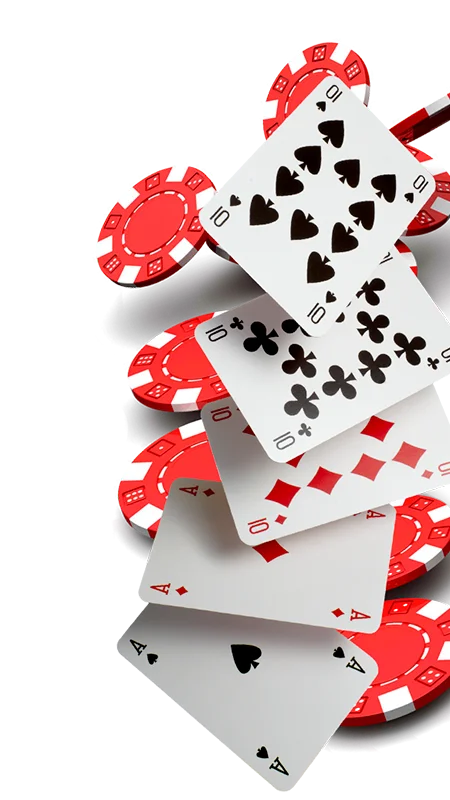
Learn to play poker in 6 steps: everything a newcomer needs to know
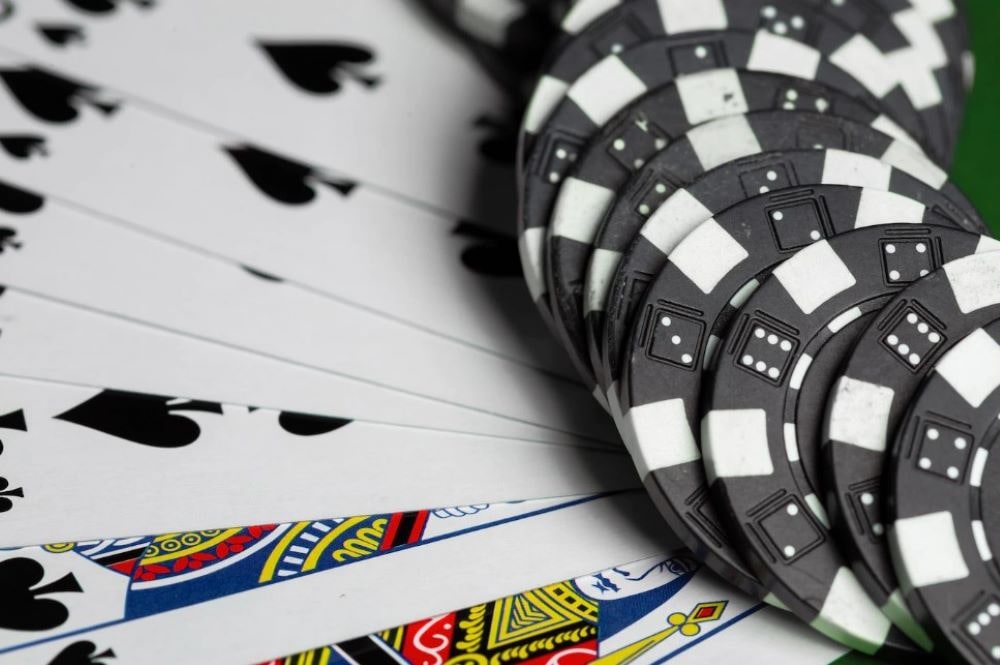
"It takes 5 minutes to learn to play
poker, but a lifetime to master it". This legendary phrase of the
legendary poker player Mike Sexton perfectly illustrates the process of
learning the cards.
Perhaps that is part of its magic. It is very
easy to learn the rules of poker and have a great time trying to make the best
hand. At first, players talk about good or bad luck. But, after spending a few
hours at the tables and being interested in the dynamics of the game and its
peculiarities, the player realizes that poker is not just another game of
chance.
That's why we propose in today's post the keys
to learn poker in a simple and quick way.
Because not everything is about odds and outs, the calculation of
probabilities or how to identify tells and fish.
If you want to manage on the green carpet without looking like a real fish, (because if you don't find them at the table, it could be you!) stay here. This article will interest you.
What does it take to start
playing poker?
As in any other game, before you start playing,
you will have to know the basic rules.
As we mentioned at the beginning, learning to
play poker is very simple. You should know that there is not only the
ubiquitous Texas Hold'em. Omaha, Open Face Chinese, Five Card Draw or 7 Card
Stud are other equally practiced game modalities that have their own rules and
peculiarities.
If you want to know how to learn to play poker, start your way with the classic variant par excellence: Texas Hold'em, the most widespread and well-known of all. Below, we explain its rules and the values of the hands to be able to defend yourself in your first games.
How to play Texas Hold'em
poker?
Texas Hold'em Poker is played with an English
deck of 52 cards. Texas Hold'em tables usually have a number of players ranging
from 2 to 9.
The objective of the game is to get the best
combination of each player's two hole cards and the five community cards on the
table.
First of all: there is the Small Blind and the
Big Blind (double the Small Blind), which are the mandatory bets that players
must match in order to see cards on the table.
Both blinds are posted on the table before the
players receive their cards. The player posts the Small Blind immediately to
the left of the dealer button (BUTTON) and another player posts the Big Blind
immediately to the left of the Small Blind. As the dealer button moves
clockwise, so do the blinds.
The dealer button or BUTTON, represents in
online poker, a dealer who does not play is the one who deals the cards, and in
physical games, even if there is a dealer, it represents the fair opportunity
for all the players at the table to "talk" in last position, after
having seen everything the rest of the players at the table have done.
It is indicated by a round disk and the player
with the dealer button has what is called the dealer's position and will be the
last to receive cards when they are dealt. The player with the button has the
advantage of being the last to act after the flop. The button will continue to
move clockwise around the table after each round, giving each player the
opportunity to have the advantage of the last action.
After the cards are dealt, the preflop betting
round begins (before the first three community cards come out) and the first
player to the left of the blinds has the first action. Players decide whether
to call the blinds (the mandatory bets already on the table), call any possible
raise by a player, or leave the game, discarding their cards (folding).
After this round of betting, the first three
community cards are dealt: the FLOP. This first round is the key to the game.
After a new round of betting, in which the
players have decided to check, raise or call, the fourth card, known as the
turn, is revealed. The players talk again and, after the betting round is over,
the river or fifth card is drawn.
After a final round of betting, the showdown occurs, or the moment of the game in which the players who have made it to the end reveal their hole cards to determine who has the best hand.
Ranking of hands in Texas
Hold'em poker
Now that you know how to play a game of Texas
Hold'em, you need to be very clear about the value of the cards.
From lowest to highest, the card values in
Texas Hold'em are: 2, 3, 4, 5, 6, 7, 8, 9, 10, J, Q, K and A, and there are
four suits: clubs, hearts, spades, and diamonds, none of which has more value
than the other.
As for the hands, again from lowest to highest,
you can get:
- Highest card: if none of the players has managed to hit any of the combinations below, the player with the highest card wins.
- Pair: Two cards of the same value. The higher the value of the pair, the higher the ranking.
- Double pair: formed by a pair in the hand and a pair in the community cards. When two hands show double pair, the hand whose pair is higher wins.
- Three of a kind: three cards of the same value.
- Straight: the straight is made up of a succession of five cards in consecutive order.
- Flush: formed by five non-consecutive cards of the same suit.
- Full House: made up of a pair and a three of a kind.
- Poker: made up of four cards of the same rank.
- Straight flush: five consecutive cards of the same suit.
- Royal straight flush: this is the best poker play, consisting of the cards 10, J, Q, K and A of the same suit.
Learning to play poker: 6 guidelines to start playing well
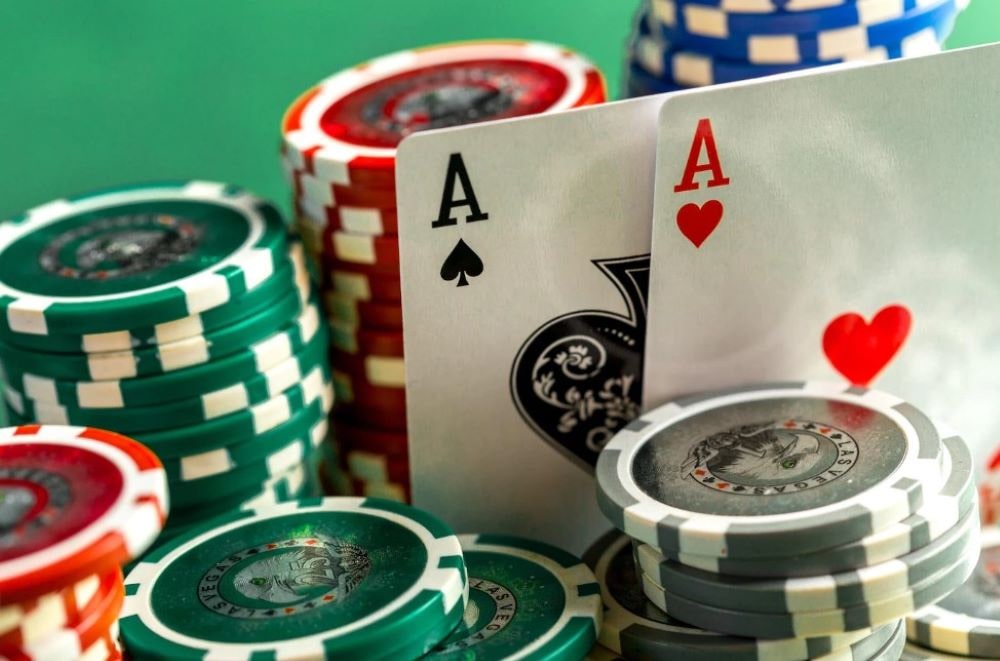
Now that you know the basic notions to play the poker modality par excellence, do not miss these guidelines on how to learn to play poker with total fluency.
Choose well the level and
the poker modality
As we have already mentioned, there is not only Texas Hold'em. There are some variants that are more complicated than others and, also, with different betting structures. Opt for a simple modality and start at soft tables, that is, with recreational players.
Learn to manage your
bankroll
In poker, it is not recommended to play every hand. Especially when you are a beginner. Selecting the hands you play will help you, not only to observe how your opponents play, but also to manage your bankroll, that is, the amount of money you have available.
Take into account your position at the table
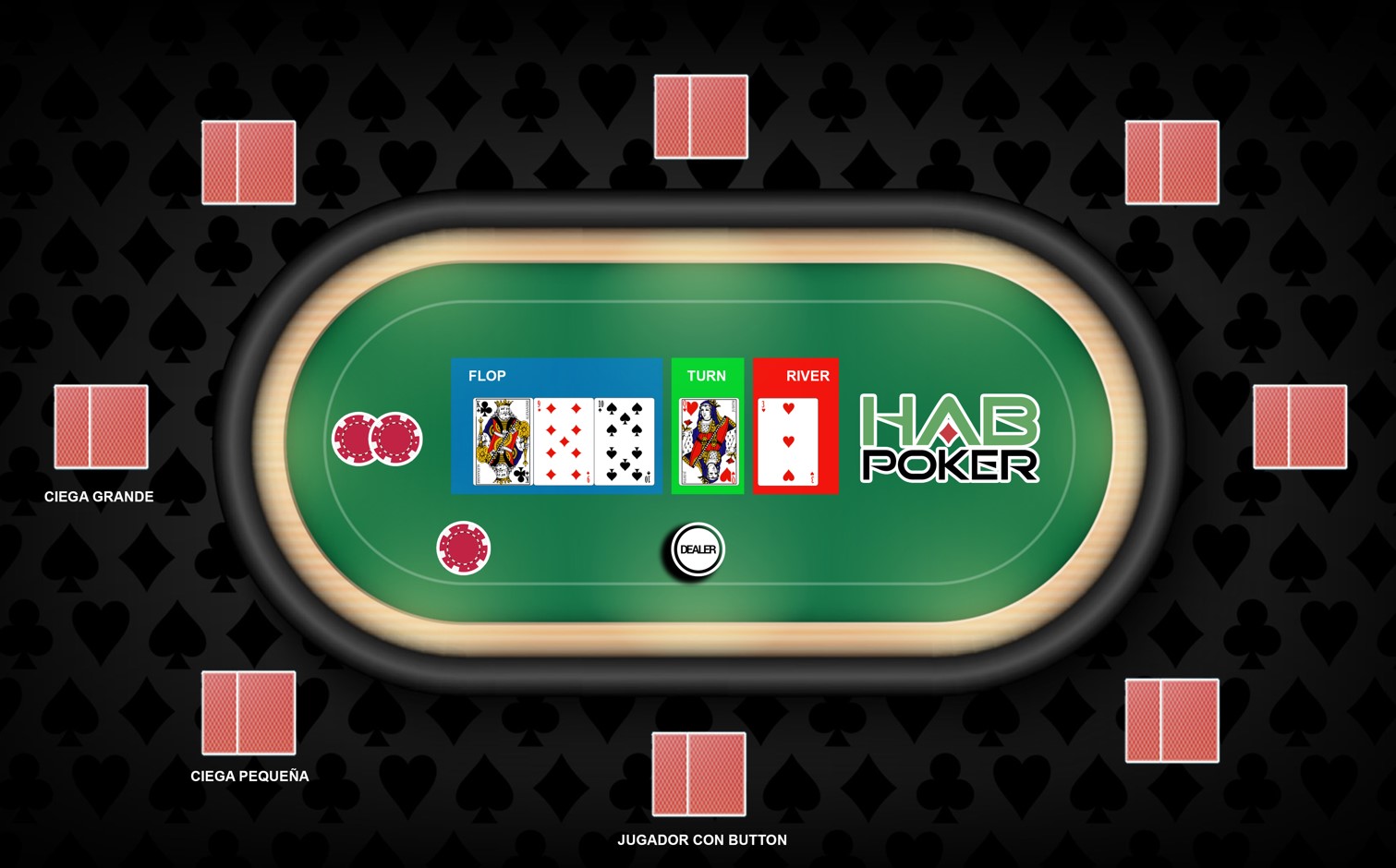
Although to master this aspect, you will need a
good number of games, it is advisable that, from the beginning, you are clear
that the position you occupy at the table is crucial in a poker game.
As we have already told you, there is a button
that indicates which is the last position to talk and bet at the table. Learn
to play the positions: it will never be the same to speak first or last at the
table, even more so the more players there are at the table.
Generally speaking, the farther you are from the dealer, the more information you will have about the hands of your opponents, so your bets will be more accurate than if you are the small blind, because no one will have spoken before you.
Start bluffing. But with
common sense.
Bluffing is an art. But it is not recommended to abuse this strategy. Start bluffing, but choose very well the moment of the game and who is going to be your victim.
Accept that sometimes you
win and sometimes you lose.
This thought should guide your poker games. At times, you will think you have a clearly winning hand. However, either you have overestimated it or the river has given the victory to your opponent. In any case, do not fall into the dreaded tilt and accept the outcome of the game.
Get to know your opponents
Familiarize yourself with the different types
of players at a poker table and adapt your game to your opponents. There is
nothing more disconcerting to a poker player than believing he is facing a fish
when in fact he is facing a real TAG (tight aggressive). Information is power.
Also in poker.
You may also like
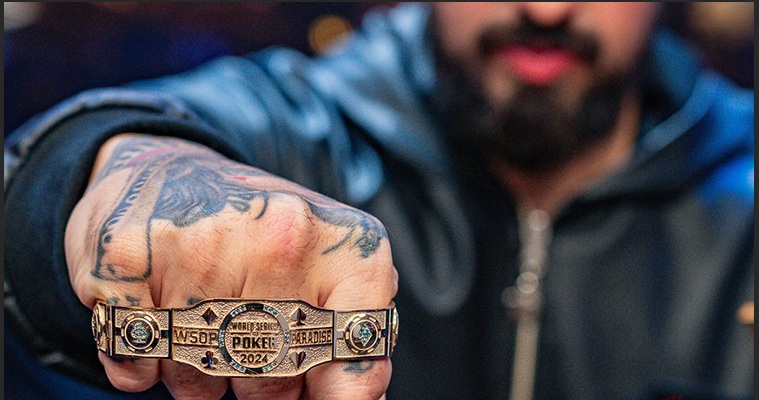
Papo MC redefines success: “I don’t play poker for money” after his $12 million win
Papo MC redefines success: “I don’t play poker for money” after his $12 million winAlejandro Lococo, better known as Papo MC, has made an indelible mark in the poker world after winning the prestig...

New York Moves to Legalize Online Gambling with New Bill
New York Moves to Legalize Online Gambling with New BillA Key Step for iGaming in New YorkOn January 21st, 2025, the New York State Senate’s Racing, Gaming, and Wagering Committee introduced Bill S...

Crypto Market Crash: Key Factors Behind the Drop
Crypto Market Crash: Key Factors Behind the DropA "Red February" for CryptocurrenciesThe crypto market has seen a significant correction in recent days, with Bitcoin (BTC), Ethereum (ETH), Solana (...





